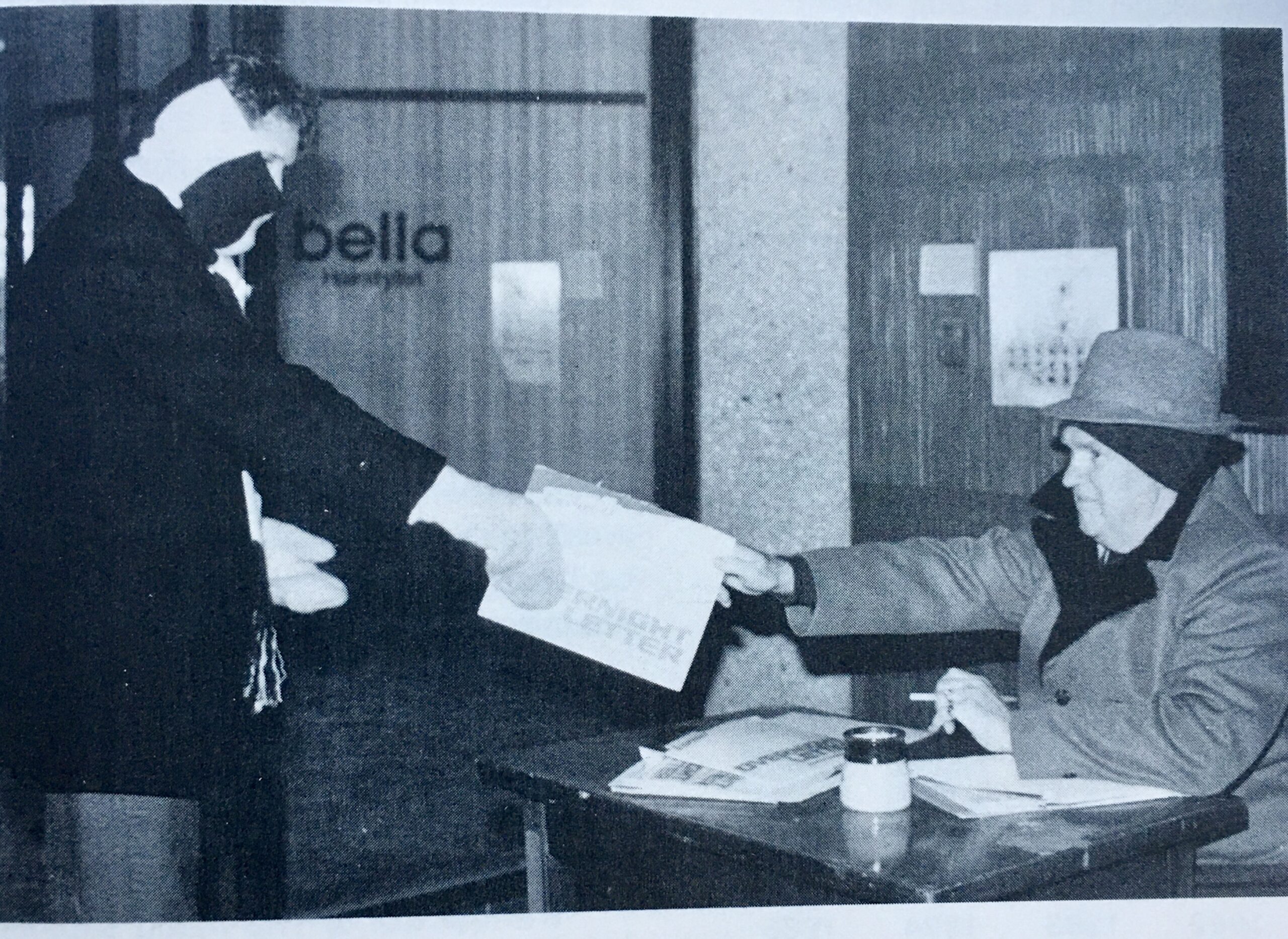Yesterday Tanya Otsuka became the 25th NCUA board member since its establishment in 1978.
Her professional resume includes serving on Senator Sherrod Brown’s banking committee and as a staff attorney at the FDIC.
Her direct experience with the credit union community is limited.
Onboarding is a critical process for anyone new to cooperative system leadership. She has significant responsibility in overseeing and managing NCUA’s relationships with credit unions.
What Makes for Effective Onboarding?
Newcomers to important credit union leadership roles are becoming more frequent.
One example is BECU’s CEO Beverly Anderson. Her professional background was in banking. She provided an extended CU Times interview describing her transition as a first time coop CEO:
“What’s exciting about this role is, one I’m a first-time CEO, two I’m in the credit union movement for the first time, and three it’s my first time at BECU and here in the Pacific Northwest. . .
“The first six, seven months or so have really been about listening and learning. I did 30-plus deep dives with the organization, used that time to get to know the team and have them get to know me, and learned a lot about the business.
“The second thing I did was begin to understand the movement. It was very clear when I started using language like ‘profitability’ and ‘ROA,’ and people very quickly suggested I use some different language.
“It’s helped me to understand that the movement is in fact very, very different. Our return is around return to member, not necessarily return on assets, and that was a very big shift and pivot, but one that I quite relished.
“The third thing was getting to know my board – I have a new kind of boss and leader, a board. . .they are encouraging, engaging, experienced in their own right, and they have a lot of support and commitment for this organization.”
Onboarding An NCUA Board Member
Immediate board items and credit union events in 2024 will provide examples of Otsuka’s approach in her new role.
What is her understanding of the role of the non-profit, tax exempt, member-owned cooperative system in the American economy?
Who does she turn to for advice?
How does she learn from the credit union constituencies she is serving?
Does her response to credit union issues enhance the member-owners’ role?
What is her availability and openness with the public? (e.g. Anderson’s interview above)
The First 100 Days
Credit union press accounts presume Otsuka will become Chairman Harper’s policy doppelgänger. That is, her democratic credentials mean her role is simply a reliable second vote for him to assert his regulatory and spending views on the industry.
Or, as an outsider might she bring a new generation’s fresh hope and enthusiasm for credit unions unique opportunities? Are credit union priorities for NCUA a question of party labels?
My hope is that her unfamiliarity with cooperatives and NCUA result in an enlightened voice supporting innovation with a passion for credit unions.
When one reads BECU Beverly Anderson’s learning process, there is a sense of confidence, commitment, and positive leadership energy.
That learning spirit is especially needed in this moment of credit union challenges and NCUA’s increasing peripherality.


